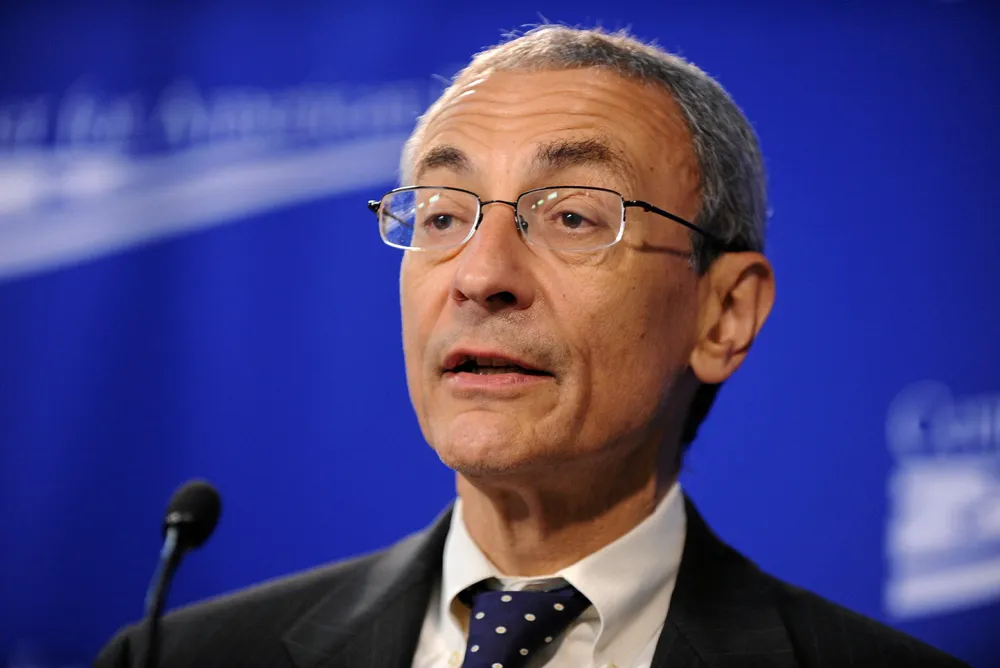US stumps up $1.5bn for tough-to-build green power lines
Government will be anchor up to 50% of capacity to provide certainty for customers and investors to enable delivery of renewable power

The US Department of Energy (DoE) has announced $1.5bn in funding for four interregional power lines through its Transmission Facilitation Programme (TFP) aimed at spearheading new grid infrastructure investment to deliver the massive volumes of clean energy expected in coming years.
Research consultancy Wood Mackenzie estimates the US grid needs between $80bn-$100bn in upgrades and new lines to meet President Joe Biden’s administration’s ambitions of a 100% clean power system by 2035.
“Getting transmission projects built is critical for tackling the climate crisis,” said John Podesta, White House national climate adviser.
Through the TFP, DoE commits to purchasing up to 50% of the selected transmission lines capacity, which it then sells off when market customers emerge.
“DoE buys capacity on the lines, then sells it back. When new customers show up, we recover our funding, invest it back into new projects, and on and on it goes,” said David Turk, deputy secretary of energy.
Funding alone won’t solve the transmission backlog, warned Podesta, “and we need to cut through red tape.”
“Historically, the permitting process for clean energy infrastructure, particularly transmission, has been plagued by delays and bottlenecks at every level, federal, state and local,” he added.
Permitting reform has been a key initiative of the Biden administration and Congress, with nearly $1bn in Inflation Reduction Act funds dedicated to boosting capacity at federal agencies.
Interstate power regulator Federal Energy Regulatory Commission has approved rules to make transmission more efficient, while Congress has advanced reforms to the process.
“The truth is, if we can't build critical clean energy projects through a few backyards, then the climate crisis will wreak havoc on everyone's backyard,” said Podesta.
The four transmission lines approved include:
- Aroostook Renewable Project’s 111-mile transmission line will bring 1.2GW of renewable energy generated in northern Maine to the rest of New England while creating 4,200 construction and 30 permanent jobs. The line has a contract value of some $425m.
- Cimarron Link’s 400-mile high-voltage direct-current (HVDC) transmission line will deliver 1.9GW of wind and solar power generated in resource-rich Texas County, Oklahoma to growing load centre of Tulsa and elsewhere in the Southwest Power Pool, while creating more than 3,600 construction and 20 permanent operations jobs. The project has up to $306m potential contract value.
- Southern Spirit’s 320-mile HVDC line will connect the Electric Reliability Council of Texas (Ercot) grid for the first time with electric grids in the southeastern US power markets, including Midcontinent Independent System Operator South (MISO-S) and Southern Company (SOCO). This line across Texas, Louisiana, and Mississippi will provide 3GW of bidirectional capacity and create 850 construction jobs and 305 permanent operations jobs and has up to $360m potential contract value.
- Southline will deliver 1GW of power along a new 108-mile bidirectional line between Hidalgo County and Las Cruces, New Mexico, creating at least 150 new construction jobs and helping meet energy needs of industries investing in the region, including semiconductor, battery manufacturing, and data center facilities, and has an estimated $352m contract value.
This is the second phase of Southline, following the prior selection of a 175-mile line from Hidalgo County, New Mexico to Pima County, Arizona in the first round of the TFP.
This is the second round of the TFP funded by 2022’s Infrastructure Investment and Jobs Act, following three projects awarded last year, including Southline Phase 1, the Southwest Intertie Project-North, and the Cross-Tie 500kV Transmission Line Project.
(Copyright)